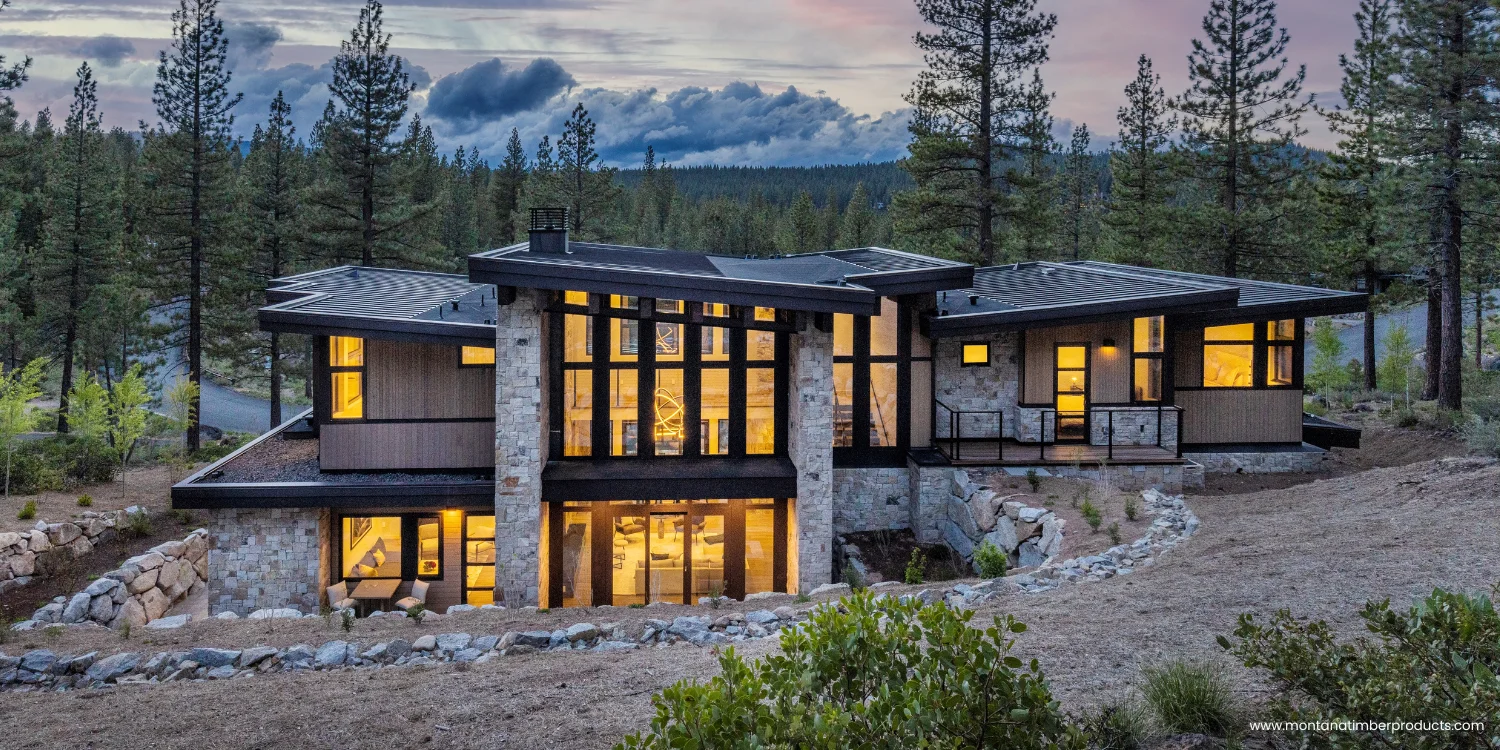Fire Retardant Wood Treatments: Pressure-Treated vs. Topically Applied Solutions (updated 7/22/2025)
Posted on: February 24, 2023

Wood brings unmatched natural beauty and versatility to homes, commercial buildings, and outdoor spaces. However, its inherent flammability makes fire protection a priority for property owners and builders. A common and critical question is: ‘Is pressure treated wood fire resistant?’ It’s vital to understand that while standard pressure-treated wood offers resistance to rot and insects, it is not inherently fire-retardant and remains combustible. Understanding the latest fire-retardant wood treatments and certification options is crucial for both safety and code compliance. This article will discuss the differences between these two treatments, their benefits, and their compliance with Class A Fire Rating and Wildland Urban Interface (WUI) regulations.
Benefits of Utilizing a Fire Treatment
- Enhanced safety: Reduces flame spread and smoke development.
- Code compliance: Meets requirements for Class A Fire Rating and Wildland Urban Interface (WUI) standards.
- Durability: Treatments improve wood’s resistance to fire and weathering.
- Aesthetics: Maintains the organic look and feel of genuine wood.
What Are The Fire Rating Classifications?
The following is a basic overview of the fire rating classifications. The index values measure how fast and how far flame will spread over a certain material. Selecting the right fire-retardant product depends on fire rating requirements and local building codes. The ASTM E-84 (Standard Test Method for Surface Burning Characteristics) is commonly used to certify building products.
Class A (or Class 1) Fire Rating
The best fire resistance with the slowest flame spread index between 0-25.
Class B (or Class 2) Fire Rating
Moderate fire resistance with the flame spread index between 26-75.
Class C (or Class 3) Fire Rating
Meets minimum standard with the flame spread index between 76-200.
Wildland Urban Interface (WUI) Compliance
In wildfire-prone regions, meeting Wildland Urban Interface (WUI) standards is crucial. As defined by the U.S. Fire Administration, the WUI is:
“The zone of transition between unoccupied land and human development. It is the line, area or zone where structures and other human development meet or intermingle with undeveloped wildland or vegetative fuels.”
To achieve both a Class A rating and WUI compliance, materials must be ignition resistant, capable of resisting ignition from flying embers or radiant heat during a wildfire.

Pressure-Treated Fire Retardant (FRTW)
Unlike standard pressure-treated wood that protects against decay, pressure-treated fire retardant involves placing the wood in a high-pressure vessel where specific fire-retardant chemicals are forced deep into the wood fibers.. This deep-penetration method results in excellent, long-lasting protection against fire, rot, and insects.
Advantages:
- Achieves and maintains Class A fire rating
- Often required for WUI compliance
- Durable and well-suited for demanding climates and high-risk zones
Considerations:
- Typically more expensive than other methods
- May slightly alter wood color, making it a shade or two darker
Is “Pressure-Treated” the Same as Fire-Treated?
Note, the use of pressure is a part of this fire retardant application process; but, “pressure-treating” wood doesn’t necessarily make it a non-combustible material. For instance, the “pressure-treated” wood at your local lumber yard might have a higher resistance to rot and decay; but, it doesn’t mean it was additionally treated for fire resistance.

Topical Fire Treatment
A fire-retardant coating is applied to the surface, typically sprayed to the wood after milling but before finishing and installation. This surface barrier slows ignition and flame spread.
Advantages:
- Cost-effective solution for projects requiring only Class A certification
- Minimal visual impact—any color change is usually subtle, depending on stain and wood species
- Can be applied in-house, possibly shortening lead times
Considerations:
- Not always suitable for WUI compliance; check with local authorities
- May require reapplication if finish is sanded or removed
Will Fire Treatments Affect The Look Of Wood Siding?
Pressure treatment and spray-applied methods may both result in slight color changes. Pressure-treated wood is often a shade darker, while topical treatments can create very subtle shifts, especially with lighter stains. Always request finished samples for final approval and visual consistency.
Which Fire Retardant Solution is Best For You?
Your optimal fire-retardant wood treatment depends on:
- Project location: WUI requirements vs. standard Class A compliance
- Budget: Pressure treatment is generally pricier than spray-applied
- Aesthetic preferences: Review control samples to assess any finish variations
- Timeline: Onsite spray treatments may offer shorter lead times
While eliminating wildfires is not possible, there are viable options, while still using a renewable product like natural wood to help protect your property. Home hardening, which includes implementing fire-resistant exteriors and defensible spaces around structures, is a great first plan of action.